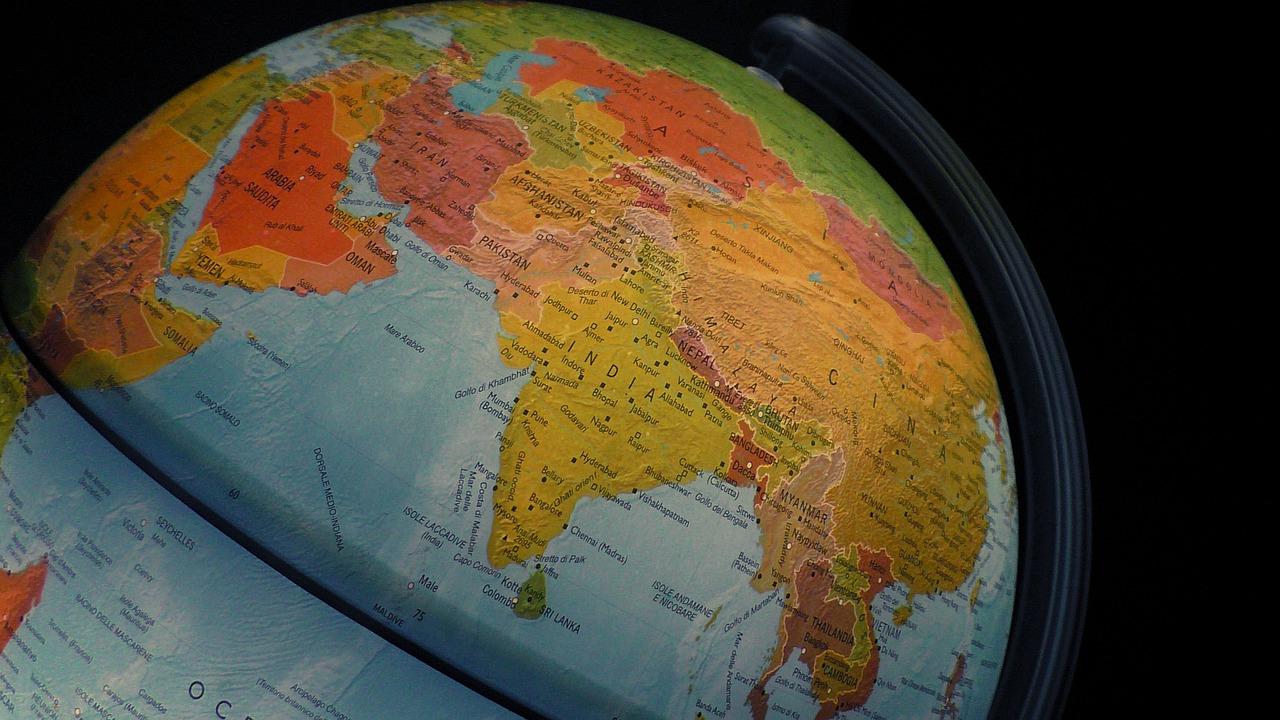Last year, Harm Reduction International (HRI) released a report that found funding for harm reduction in 2019 was only 5 percent of what was required in low- and middle-income countries. According to Catherine Cook, HRI’s sustainable financing lead, the situation doesn’t appear to be improving—quite the reverse.
The report—”Failure to Fund: The continued crisis for harm reduction funding in low- and middle-income countries,” which Filter covered at the time—was part of a decade-long HRI effort. It involved eight months of research, including a survey of international donors and digging into domestic harm reduction funding by local governments.
“The funding gap has gotten bigger since we last investigated.”
Its focus on HIV funding was because that is traditionally the “bucket of funding” that supports general harm reduction in low- and middle-income countries (LMIC), Cook explained, and can intersect with areas like naloxone provision. Data for HIV funding and needs is often easier to access than for other types of harm reduction, she said.
Things have long been heading in the wrong direction. A previous HRI report found that in 2016, 13 percent of the harm reduction funding required for LMIC was in place. Last year’s report found that by 2019, with just $131 million of funding identified, that had fallen to 5 percent. Case studies indicated that over 600 times more was being spent on punitive drug policies, the report noted.
The indications are that this downward trajectory has only continued since. “The funding gap has gotten bigger since we last investigated,” Cook told Filter. “The amount [of funding] has reduced … but also the estimate for what’s needed got bigger.”
There’s a vicious-cycle aspect to this pattern: The lack of investment so far is part of the reason for the increasing estimate of what’s needed. Harm reduction “hasn’t been invested in in a timely way,” Cook said, so now “we’ve got a bigger problem to deal with. There’s a real case for early investment.”
The years since 2019 have of course seen the COVID-19 pandemic, which has had a major negative impact on the global funding environment for harm reduction. “The pandemic has had an impact on access to services for people who inject drugs. But it’s also making a very precarious funding situation worse for low- and middle-income countries,” Cook said.
Pre-COVID, donors and governments already had hard calls to make in terms of where their money went. Now, “in terms of the pot that’s available from international donors, I think that’s going to be stretched even further, and there’s going to be more advocacy needed to call on donors to not forget about harm reduction.”
There’s also a mismatch between where funding is needed, and where it ends up, as last year’s report detailed. Funding can vary a great deal across regions, and often doesn’t line up with need. Eastern Europe and Central Asia are home to 38 percent of identified people who inject drugs, for example. But these regions received only 27 percent of harm reduction funding, as international donors reduced their harm reduction spending and local governments failed to fill the gap.
“If the Global Fund doesn’t get funded fully, then it’s likely that there will be less money available.”
Community organizations have played a vital role in providing health services during the pandemic, Cook noted. Many harm reduction groups in LMIC pivoted to supply food and shelter to people who really needed it, Cook said—essential provision that placed further strain on very limited resources.
A new HRI report is in the pipeline, and may be released in 2023, Cook said—although, as with so much else, that will depend on funding.
This year is also the “replenishment year” for the Global Fund, the biggest international funding organization for harm reduction, she noted. The organization will go to its public and private donors asking for money—it’s seeking $18 billion to address various major diseases, including HIV—and the outcome of those efforts will be critical to the global harm reduction picture.
“If the Global Fund doesn’t get funded fully, then it’s likely that harm reduction funding in low- and middle-income countries will be affected,” Cook said. “There will be less money available.”
Photograph by Sabrina Ciorciari via Pixabay




